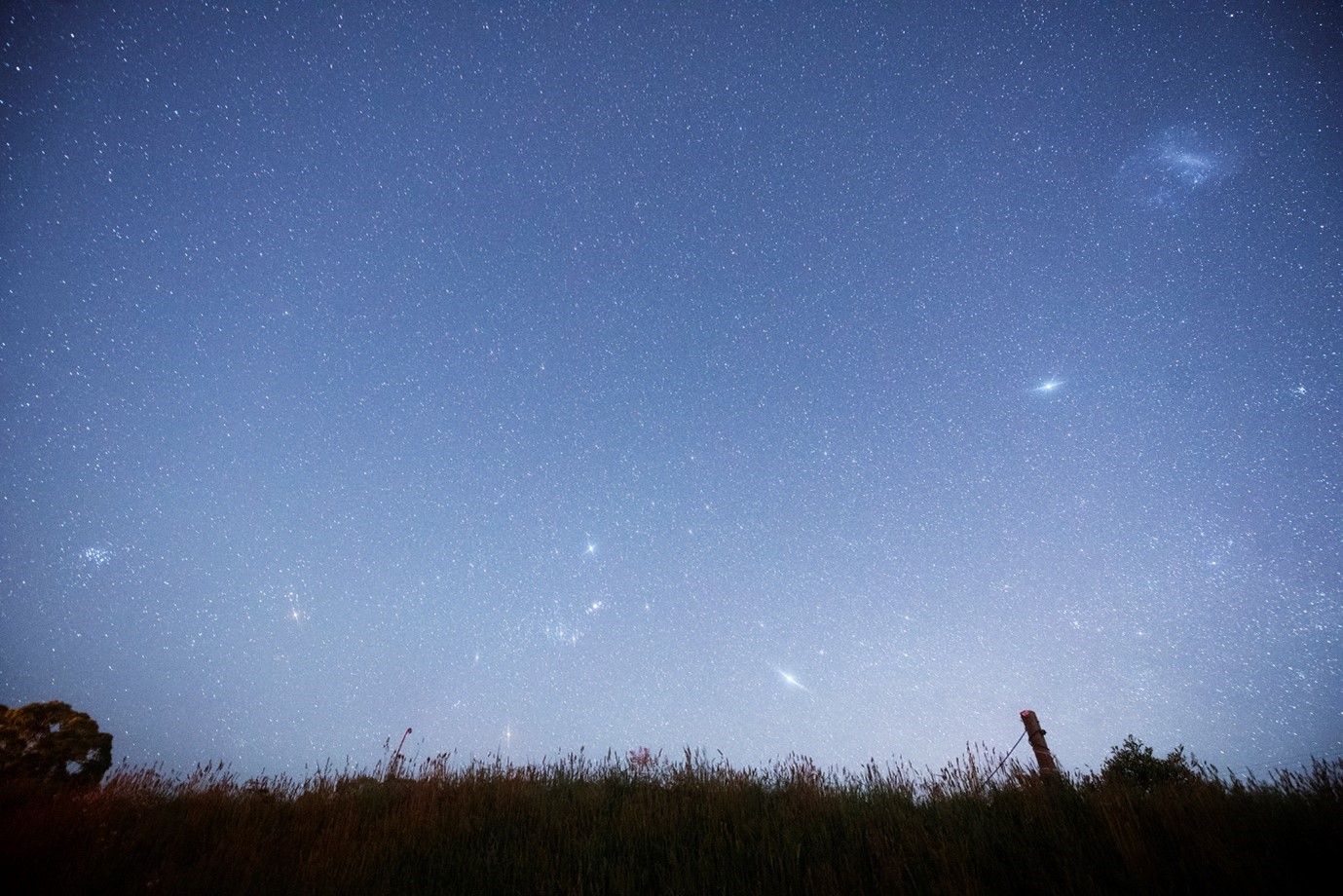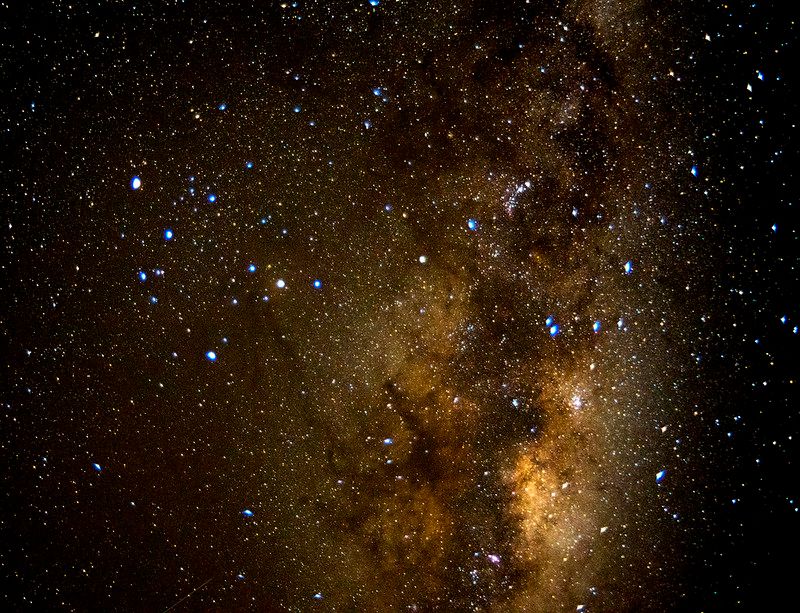Home/Curriculum resources/Digital technology and managing Indigenous astronomical knowledge /Activity 2 - Reconstructing fragmented knowledge using Stellarium
Learning Area:
Technologies
Year levels:
Level 7, Level 8
Suggested timing:
30-45 minutes

Activity 2 - Reconstructing fragmented knowledge using Stellarium
This activity is a part of the Digital technology and managing Indigenous astronomical knowledge resource.
Orion Rising. Photographer: Peter Lieverdink. Source: Flickr. License: CC BY-SA 2.0
In this activity, students will use the digital software Stellarium to identify stars described in Aboriginal traditions. Some of this knowledge is fragmented, and the equivalent identities of the stars are not known. In the Adelaide region of South Australia, the arrival of autumn was signalled by the heliacal (dawn) rising of a star the local Kaurna people call Parna. The appearance of Parna just before sunrise told the Aboriginal people that the annual autumn rains would soon arrive and that they needed to build their waterproof homes. The identity of the star in Western terms was never given. In this activity, students will draw from climate and weather data from Adelaide and use that in conjunction with the digital Stellarium program to identify Parna. This activity is based on a published paper.
0
Required Resources
Laptop/tablet and internet connection
Stellarium application
Step by step guide
Step 1: Familiarise with Stellarium application
See Activity card What is Stellarium? if not familiar with this application.
Step 2: Exploring the Kaurna Aboriginal people
Ask students to undertake internet research to find out details about the Kaurna Aboriginal people. Where is their country? What are the names of their seasons?
Have the students go to WeatherZone and pull up annual climate data for Adelaide. They should notice a clear trend that shows dry summers and wet winters. The students should be able to figure out when the rainfall begins to increase in autumn (by selecting a month).
Teacher note: The autumn rains occur around the end of March and beginning of April. According to the Bureau of Meteorology, the average monthly rainfall in the period from 1977 to 2010 increased from 19.9mm during the summer months (December-February) to 40.9mm in April, after which it surpasses the monthly average of 45 mm and increases throughout the winter to reach a peak of 79.7mm in June. The March average (24.9mm) is just above the summer average (19.9mm), showing that the increase in rainfall during April rises significantly from that in March. This suggests that Parna would rise just before dawn in mid-March.
Step 3: Exploration of stars using the Stellarium application
Students should then open Stellarium, set the location to Adelaide, and the time to dawn around the date they derived in the previous point, just before sunrise.
Have the students identify bright stars in the east that are visible above the horizon before the sunlight drowns out their light.
What stars do the students select? Teacher note: based on the previous data, Parna is most likely a bright star (probably 1st or 2nd order magnitude) that rises just prior to sunrise in mid-March in the south-eastern sky. The only real option is the star Fomalhaut (Piscis Austrinus).
This activity encourages students to consider how the use of data and digital programs can help us understand and reconstruct knowledge damaged by colonisation. Discuss policies about the use of this information. Who should be involved, and why?
Related activities within this resources:

Inquiry-based learning questions
These inquiry-based questions are provided for flexible classroom use, allowing teachers to tailor discussion and reflections specific to their classroom needs.

What is Stellarium?
Discover Stellarium, a digital planetarium that offers a vivid depiction of the night sky worldwide, showcasing the celestial dance of the Sun, Moon, planets, and stars in real-time.

Activity 1 - Examining traditional astronomy using Stellarium
In this activity, students will explore traditional astronomy using Stellarium, selecting the Kamilaroi/Euahlayi culture to understand celestial objects and their significance.
Suggested timing:
30-45 minutes

Activity 3 - Learning about the UNDRIP document
Within this activity students will engage with the United Nations Declaration on the Rights of Indigenous People adolescent reading version to understand the importance of this document and Australia as signatory of it.
Suggested timing:
One or two lesssons